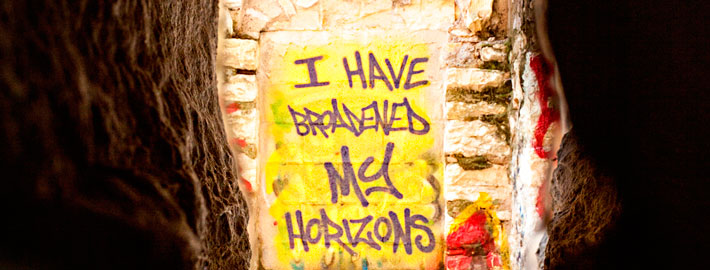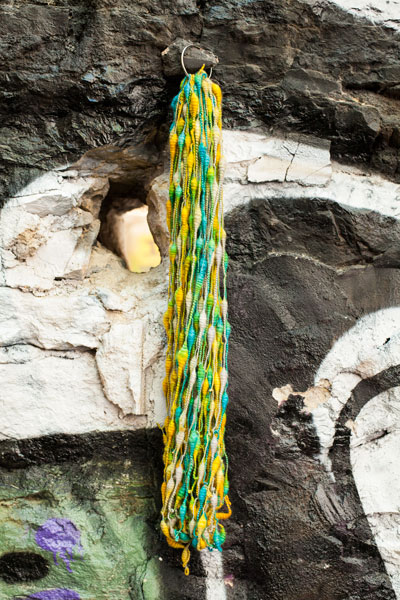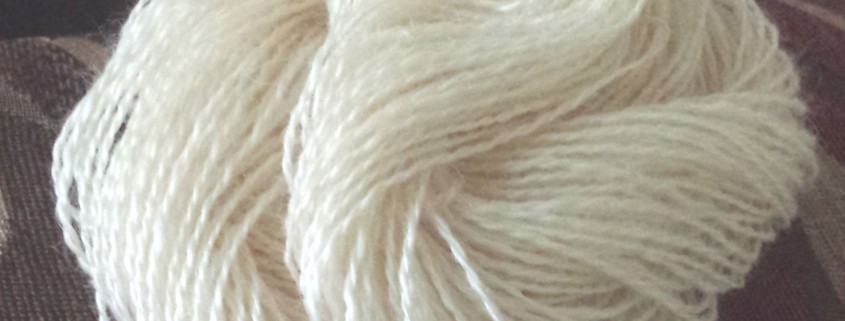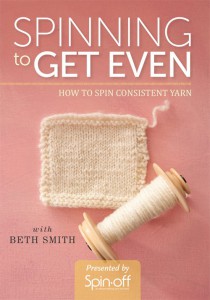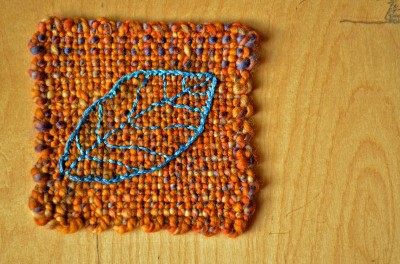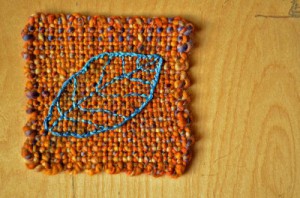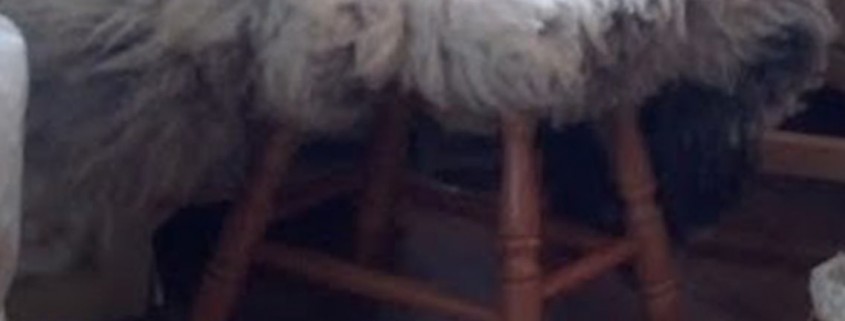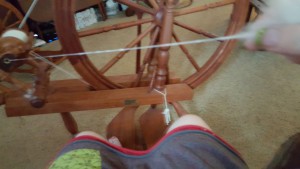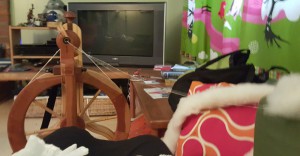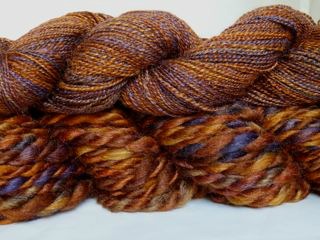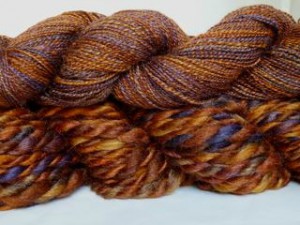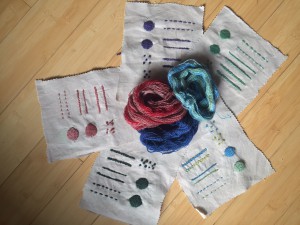PLY Registration Rocked!
As the clocks clicked over to 10:00, everything went live.
I was nervous that I was throwing a party that nobody would come to (highschool was a tough time for everyone, right?) but at 10:01 we had 2 orders! The guides worked! Those first 2 spinners went through there like the wind! Or like somebody posted on Ravelry, like silk.
By 10:11 we were 48 registrants deep and Stephenie’s 2-dayer was sold out! By 10:20 Deb’s 2-dayer was gone too! Over the next hour over 110 spinners zipped through registration and by the end of the day we topped out at 150 spinners, most with full schedules.
Here’s how it shook out:
All the 2-day classes are sold out except for Coleen Nimetz’s Silk, the temptress unraveled, which is dangerously close to being sold out too! If you want this class, hurry, Coleen is amazing! I had her as my 1st year teacher in the Master Spinning program and she knows lots of secret things about silk!
There’s a bit more space in the 1-day Friday classes. Jillian’s Cheaper by the dozen class is long gone and it’s soon to be followed by Esther’s Wild Fibers class and Amy’s Sock it to me, both of which should be awesome and lots of fun.
The other 2, Illegal yarns and Technically Twisted both promise to be great but very different. Illegal Yarns is taught by the great Patsy Sue Zawistoski and she’s got such a brain in her head that I just want to walk behind her all day and hope some leaks out onto me. It’d be gross but probably worth it. Her class should be super fun and teach you how to break all those rules you want to break but are afraid to. Technically Twisted with Michelle is going to blow your mind! Michelle is the lead teacher for the Master Spinning Program and girlfriend can spin! She’s cutting her teaching down some after this so get in this class if you can! You’ll learn a ton, I can promise you that! If you can’t get in the 1-day, any half day with her would be worth your while!
The half day classes are a mixed bag. Many sold out right away (but some have other time slots available) and lots are on the brink. The totally gone ones are Deb’s and Jillian’s but Beth’s Going Steady which I may sneak into, is almost there as are all of Abby’s spindle classes and most of Amy King’s classes. Amy Tyler’s variations on long and short draw classes are also pretty full.
Ones that should be sold out but are only half full:
Silk Tasting: all the silk! Testing, trying, learning from a silk master! Seriously, I can’t believe there is any space! Did you read her silk articles in the Silk issue? Amazing!
Twist and Twine: If you have space for one more class, take this! Chris is so fantastic, you love her articles, she’s better in person!
Maximize your minis: I’m not as good at fiber prep as I should be so don’t be surprised if I totally crash Michelle’s classes! She knows so much.
Twist for Grist: If you want to know how to adjust the size and feel of your yarn, get in here! Michelle is great with twist and grist and again, she just knows a ton about spinning.
Wild Combing: It’s Esther, come on, the queen of texture!
There are a lot of great classes gone but there are still some gems to be had. I scheduled each of these classes/teachers based on how great I knew they would be, the things that I want to learn, and the people I want to learn them from. It’s going to be amazing no matter what classes you get! If you want to come, here’s the reg page!
And to those spinners that made yesterday such a success, thank you so much! And Jessica, man alive, you were outstanding!


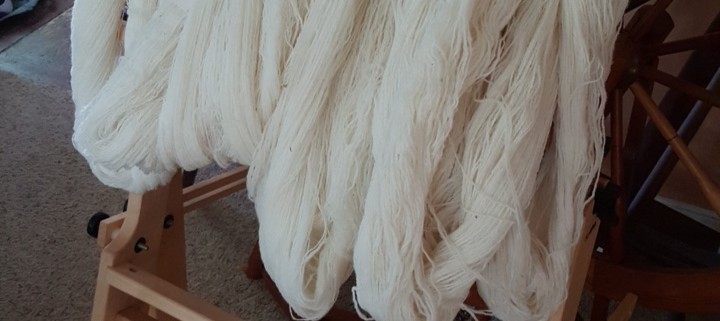
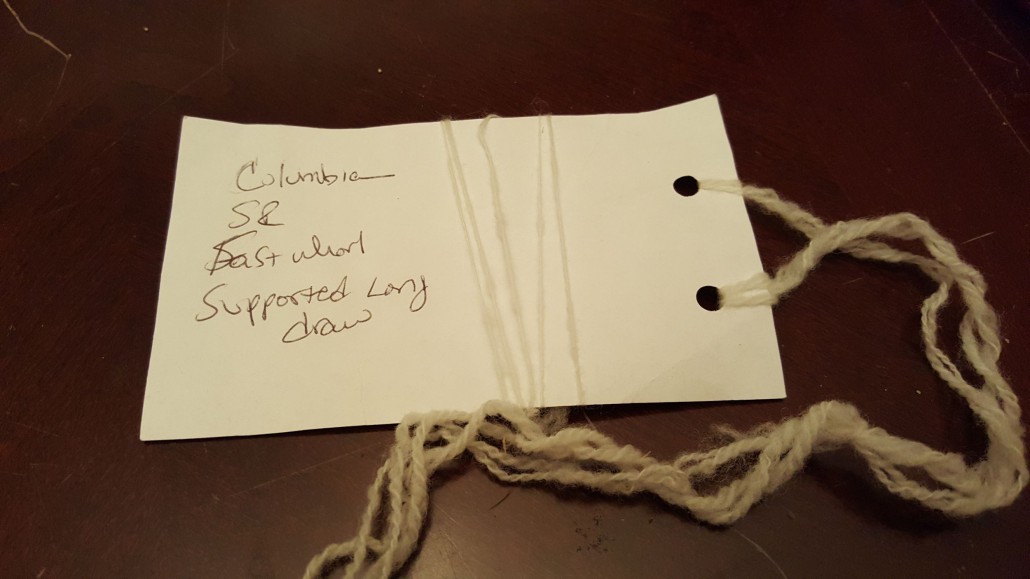
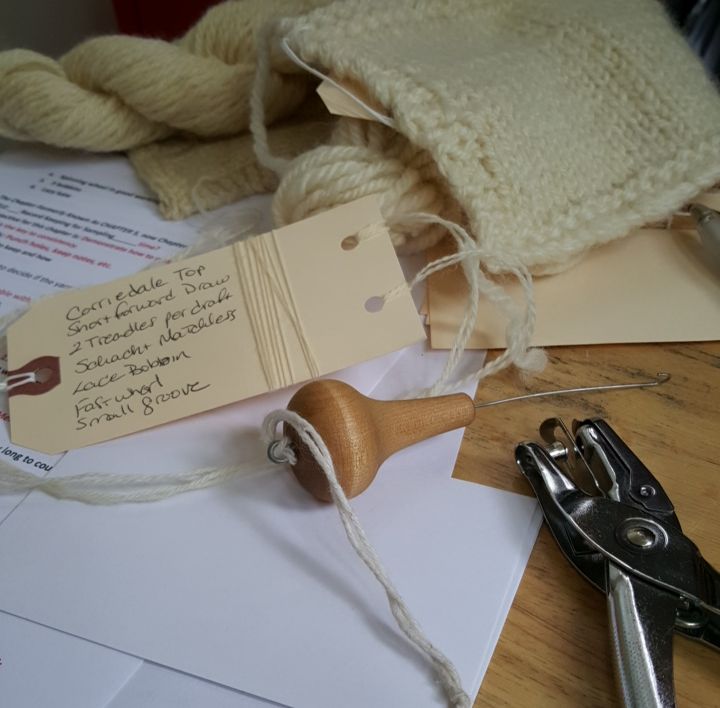 but I neglected to write that. I write the spinning method and often I will add the rhythm I’m using like 12 inch draft to 5 treadles. Again, I didn’t write that here but let me give you a photo of a card I did the right way. This Corriedale project card has all of the information I need to reproduce this yarn. Often I attach it to the swatch or sample I made with the yarn to make sure the yarn would work. All of these samples go into a bag with that breed so I can find them later.
but I neglected to write that. I write the spinning method and often I will add the rhythm I’m using like 12 inch draft to 5 treadles. Again, I didn’t write that here but let me give you a photo of a card I did the right way. This Corriedale project card has all of the information I need to reproduce this yarn. Often I attach it to the swatch or sample I made with the yarn to make sure the yarn would work. All of these samples go into a bag with that breed so I can find them later.